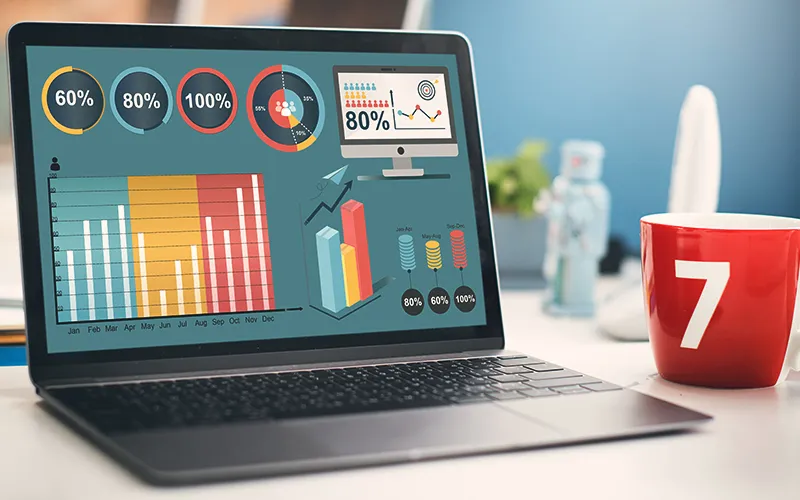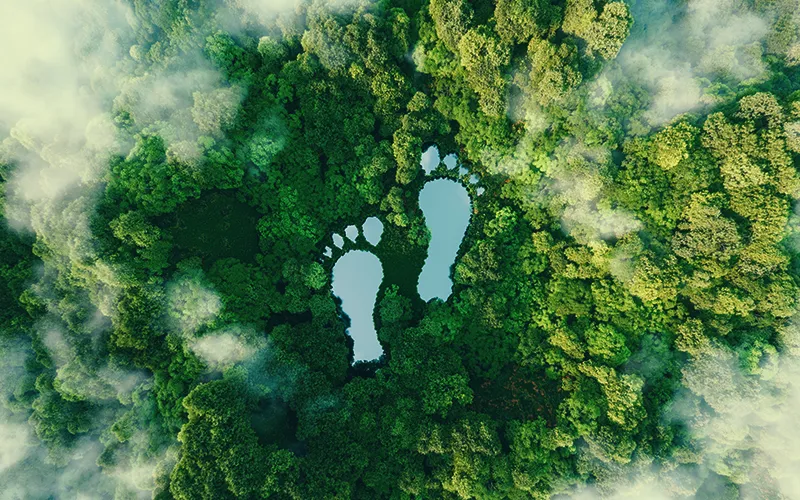As our world becomes more environmentally conscious, the importance of sustainable practices in all areas of life is becoming increasingly apparent. One area where sustainability can be easily implemented is in web design. Low-carbon design is an approach to website design that reduces the carbon footprint of the site, making it more environmentally friendly. In this blog post, we will explore the benefits of low-carbon design and how it can improve your site and its sustainability.
What is Low-Carbon Design?
Low-carbon design is an approach to web design that aims to minimize the carbon footprint of a website. The carbon footprint is the amount of carbon dioxide and other greenhouse gases that are emitted during the production and use of a product or service. A website’s carbon footprint is primarily generated from the energy used to power the servers and the devices used to access the site.
Low-carbon design involves several strategies to reduce a website’s carbon footprint. These strategies include optimizing images and videos to reduce their file size, using efficient code, and minimizing the use of plugins and third-party scripts. Additionally, low-carbon design also involves hosting the site on servers powered by renewable energy sources such as wind, solar, or hydroelectric power.
The Benefits of Low-Carbon Design
Environmental Benefits
The most significant benefit of low-carbon design is its positive impact on the environment. By reducing the carbon footprint of a website, you are helping to reduce greenhouse gas emissions and combat climate change. The use of renewable energy sources to power servers also helps to reduce dependence on fossil fuels and promote a more sustainable energy system.
Improved Site Performance
Low-carbon design can also improve the performance of your website. By optimizing images and videos and using efficient code, you can reduce page load times and improve the user experience. This can lead to lower bounce rates, higher engagement, and increased conversions.
Cost Savings
Reducing the carbon footprint of your website can also lead to cost savings. By optimizing images and videos, you can reduce storage costs and lower bandwidth usage. Additionally, hosting your site on renewable energy-powered servers can lead to lower energy costs in the long term.
Improved Brand Image
Finally, implementing low-carbon design practices can also improve your brand image. As consumers become more environmentally conscious, they are more likely to support brands that prioritize sustainability. By promoting your low-carbon design practices, you can attract environmentally conscious consumers and differentiate your brand from competitors.
Improving website and sustainability
In conclusion, low-carbon design is an approach to web design that has many benefits. By reducing the carbon footprint of your website, you can improve your site’s performance, save costs, and improve your brand image. Additionally, low-carbon design also has a positive impact on the environment, helping to reduce greenhouse gas emissions and combat climate change. By implementing low-carbon design practices, you can contribute to a more sustainable future and differentiate your brand from competitors.




3 Comments
Comments are closed.